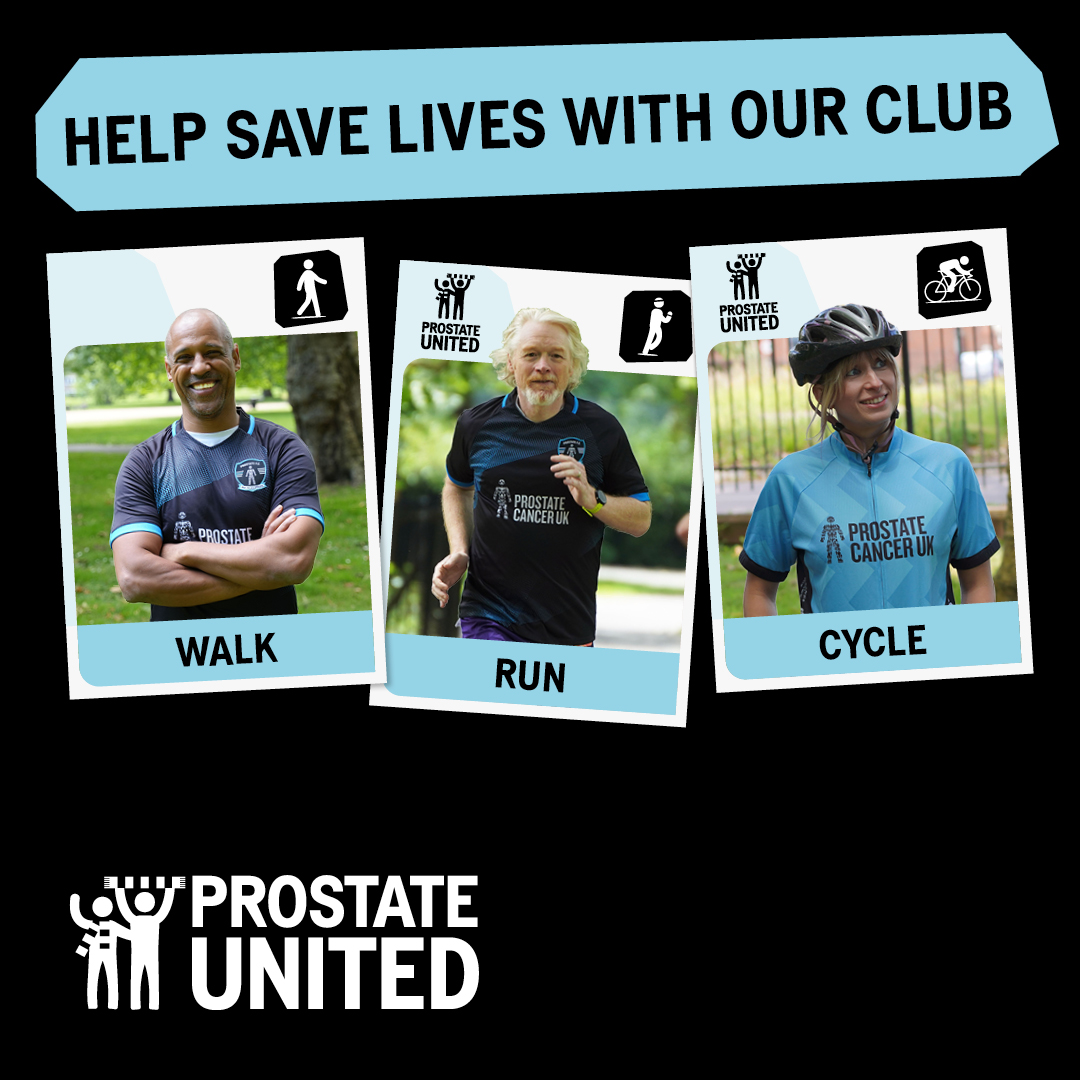
You know that exercise is essential, with countless studies showcasing how it can improve everything from heart health to immunity, skin vitality, and more. But if you’re getting on in life, there’s a good chance you’ve noticed any movement becomes a bit more difficult the older you get — whether you’ve ever been an avid exerciser or not.
For example, running a mile or two in your early 20s may seem challenging but not too terribly difficult. That’s quite a different story when you’re in your mid-to late-40s or beyond — when running a mile may take a good deal of training.
The reality is that while you should always strive to make exercise an integral part of your life, it’s going to look different at various stages in your life — and that’s more than okay.
We outlined a plan to create a fitness routine tailored to your age, plus some expert-recommended workouts, to make it as easy as possible to incorporate exercise into your daily routine.
20s
Ah, your early 20s — you’ve got the youth, the energy, the ability to stay up all night and go to work the next day with no problem — it truly is a glorious time in terms of physical health.
Being young means you can go longer and harder when it comes to working out. With that in mind, aim for at least three 60-minute weekly cardio routines and two or three weight-lifting routines. Be sure to challenge your body by increasing your speed and resistance each time.
- Running, cycling, Cross Fit, yoga
- Weight training
30s
The later you get into your 30s, the more likely pulling an all-nighter or taking on a hard workout with no recovery time will be a no-go.
That’s why you may want to swap out some of the hardcore cardio days with resistance training, which can help combat things like osteoporosis and arthritis. If you’ve been going hard with steady-state cardio most days (i.e. running), it may be time to try out high-intensity interval training or lower-impact options a couple of times a week. This also may be a good time to hire a personal trainer to help you create a routine that works well for your personal life.
- Circuit training, spinning
- Presses, pulls, squats
40s
If you haven’t noticed changes in your body yet, you’ll likely start to as you progress throughout your 40s. Your metabolism naturally slows, and muscle mass starts to decrease, particularly if you haven’t done a lot of weight lifting previously. You should plan to do lower-impact cardio for 45 minutes or so at least five days a week, as well as focusing even more on resistance training and adding intensity to weight-lifting. You’ll also want to pay close attention to each area of your body to adapt your routine based on what needs more work.
- Stair climbs, hiking, light jogging
- Squats, pilates, weight-lifting
50s
If you’re in your 50s and haven’t yet, now is a more important time to incorporate fitness targeting bone and muscle, especially in your core, back, and shoulders. Strength training can increase bone density and help slow muscle depletion that comes with aging. You may also want to shorten your cardio sessions (and maybe do them more often) to give your body ample recovery time between each workout. Warming up, cooling down, and stretching become even more critical now, too.
- Low-impact sports, walking, stationary bicycles
- Curls and presses, planks, lunges
60s
All those years spent leaning over a keyboard or staring at a computer screen may start to show up in your 60s. Back pain and poor posture (the classic “hunch, for example) may be a problem. Thankfully, you can combat these two by doing exercises that work on your back and shoulder, as well as continuing with short bursts of cardio all week long. You may have to cut way back on aerobic exercise that puts extreme pressure on your joints (like running), but you can replace it with slower cardio that doesn’t stress your joints and muscles as much. Ultimately, be okay with doing lower-intensity workouts fewer times a week.
- Walking, water aerobics/water jogging, low-impact sports
- Pilates, low-weight/high-rep strength training
70s+
You deserve a serious round of applause if you’re still exercising regularly in your 70s. Energy may be harder to come by these days, but you’ll likely find that working out at least a few days a week improves your vitality drastically. Focus on exercise that improves mobility and strength to help you maintain your independence. Be sure to allow for a couple of days of recovery time between workouts.
- Walking, water aerobics/water jogging
- Low-weight/high-rep strength training
The Bottom Line
Ultimately, the best workout is one you keep going with, whether you’re 23 or 60. That means incorporating it into your schedule, prioritizing it like you would an important meeting or doctor appointment, and staying consistent.
 Author: Caitlin H
Author: Caitlin H
Diet-to-Go Community Manager
Caitlin is the Diet-to-Go community manager and an avid runner. She is passionate about engaging with others online and maintaining a healthy, active lifestyle. She believes moderation is key, and people will have the most weight loss success if they engage in common-sense healthy eating and fitness.
Ex#Tailoring #Fitness #Age http://diettogo.com/blog/Tailor-fitness-to-age














 Author:
Author: 






